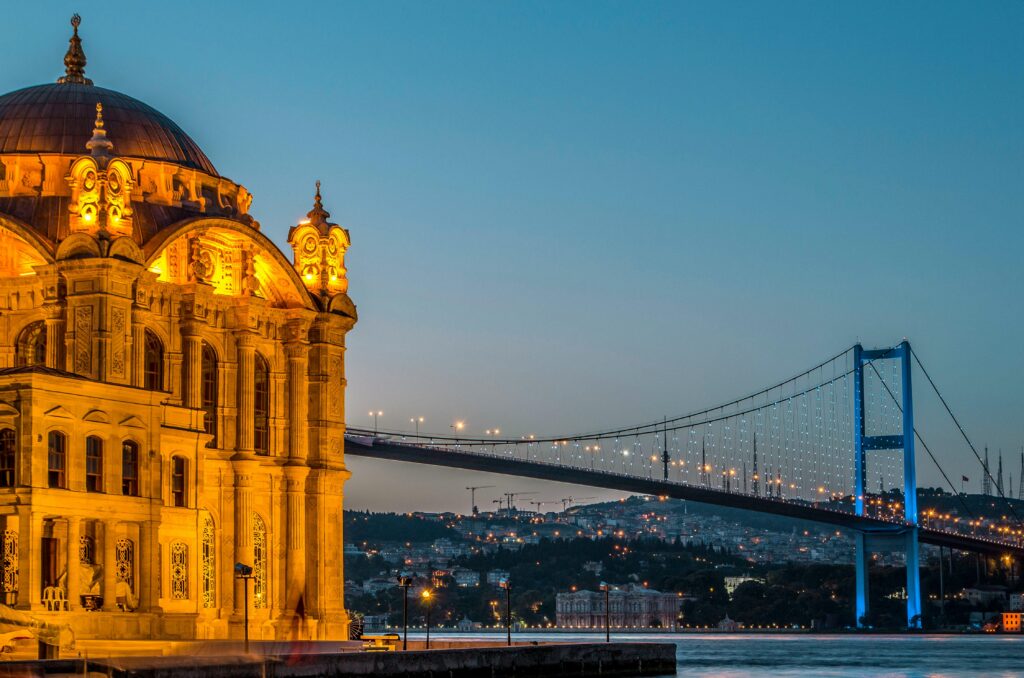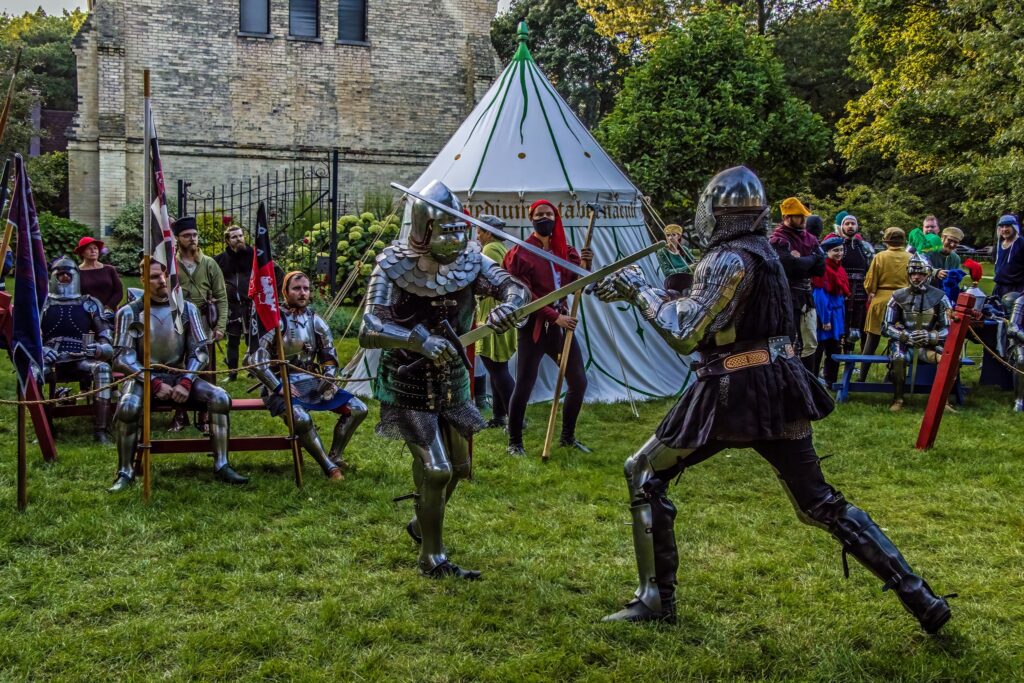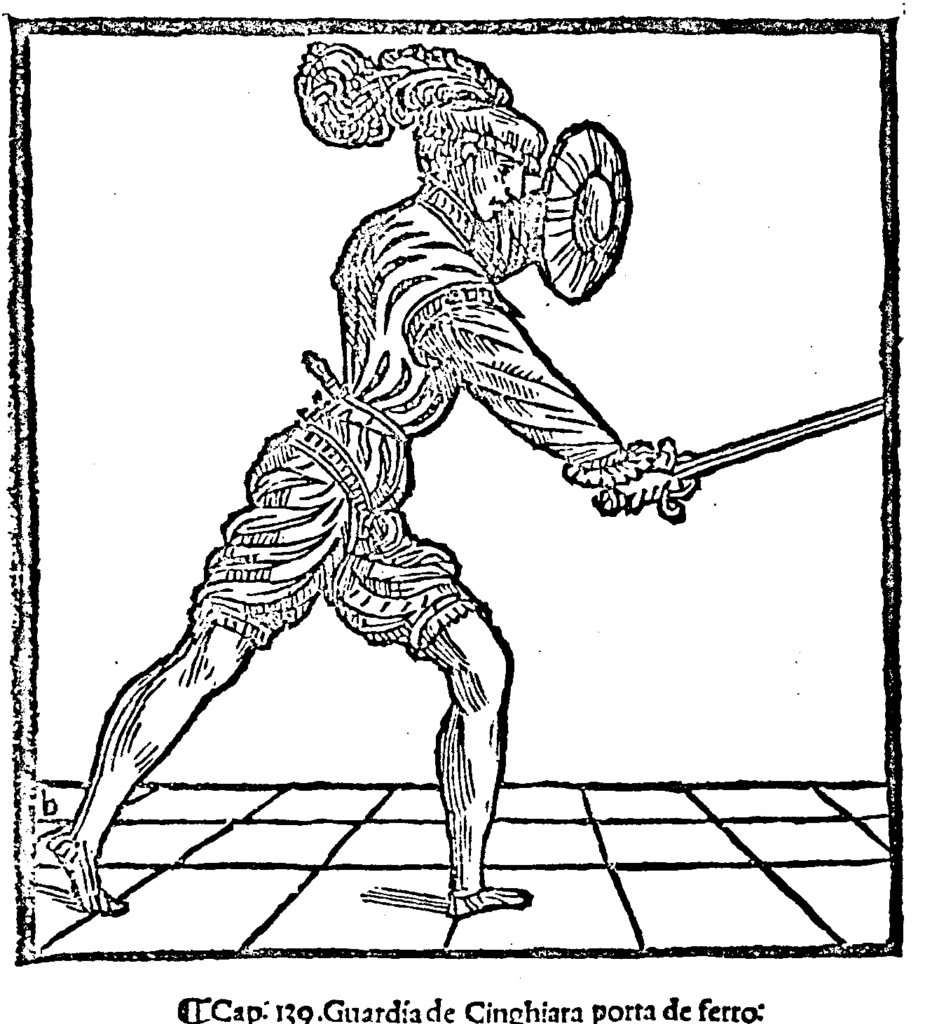25 Years of the Western Martial Arts Workshop (WMAW)
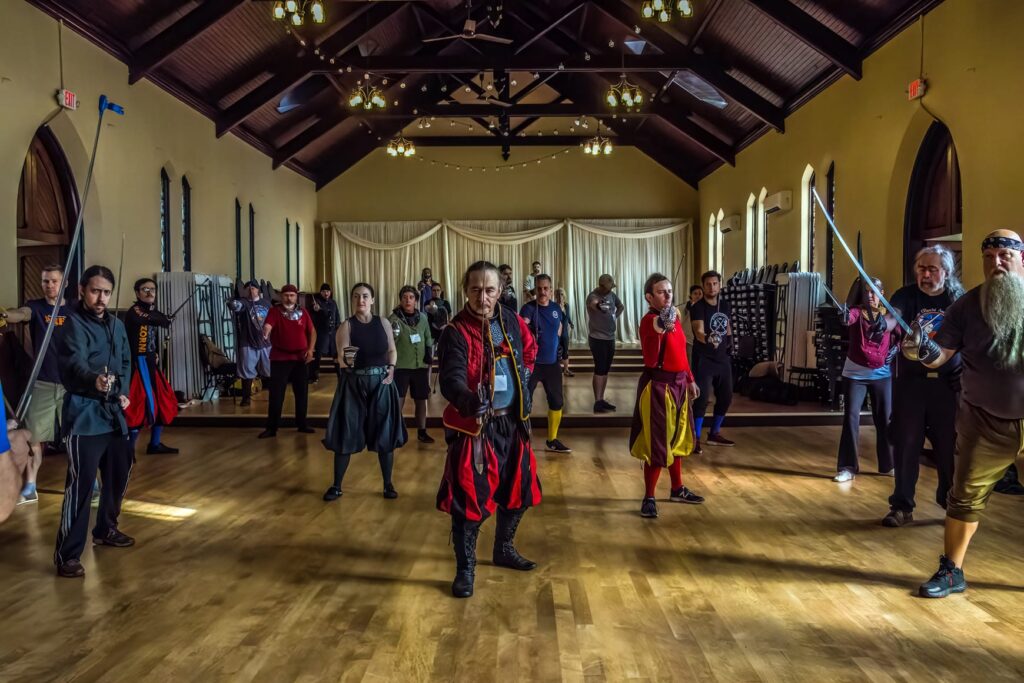
A week ago I returned from the Western Martial Arts Workshop (WMAW) in Racine, Wisconsin. I have been honoured to be a part of this event for the past 15 years and this year was a special one. This year featured workshops, deeds of arms, engaging discussions, swordy hijinks, skillful demonstrations and more. It was a great year. Fitting, perhaps, that it may be the start of a new chapter for the event.
North America’s Oldest WMA Conference
The first Western Martial Arts workshop took place in Chicago in 1999. It was a collaboration between the Chicago Swordplay Guild, the Association of European Martial Arts (in Toronto), and the Martinez Academy (in New York). It took place in a single room and had about 30 attendees.
The term Western Martial Arts, coined by Pete Kautz, was in its infancy and the term Historical European Martial Arts (HEMA) was at least 5 years from being defined. Western Martial Arts (WMA) encompass martial arts both past and present from the Western hemisphere. From HEMA to HAMA (Historical African Martial Arts), to French Savate, Western Boxing, Portuguese Stick Fighting, Colombian Machete, and more.
Throughout the years, WMAW has honoured this big tent and featured instructors of diverse arts, as well as lectures and discussions, medieval combat experiments, deeds of arms, tournaments, duels, roundtables, galas, and copious amounts of sparring and exploring.
As more and more HEMA events have sprung up around the world, most focused on tournaments and sparring, WMAW has held its relevance as one of the few events that has maintained its focus on fostering the exploration and development of mastery in these diverse arts.
From One Room to Sword Hogwarts
Over the years WMAW has grown. This year the event had over 180 attendees and the program featured over 20 instructors and 4 tracks of programming as well as special events such as the armoured deed of arms, mini-deed of arms, and a grand feast complete with instructor demonstration bouts.
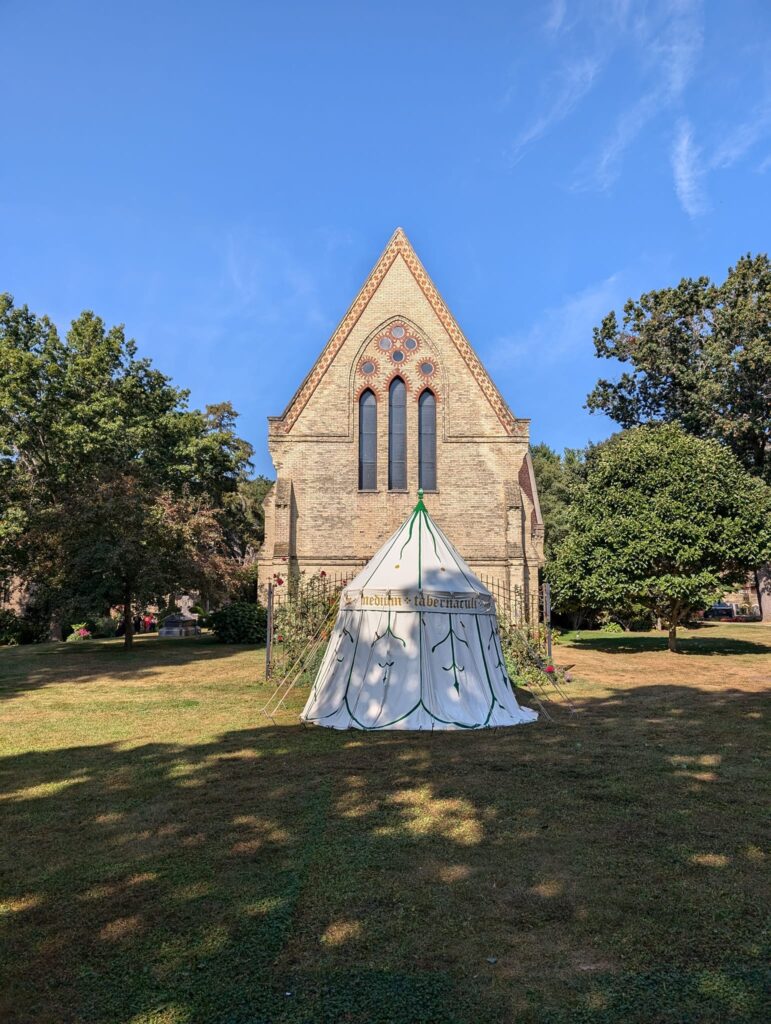

The current site, a neo-gothic former seminary school on the shores of Lake Michigan, is exceptionally beautiful. Referred to by some attendees as “Sword Hogwarts”.
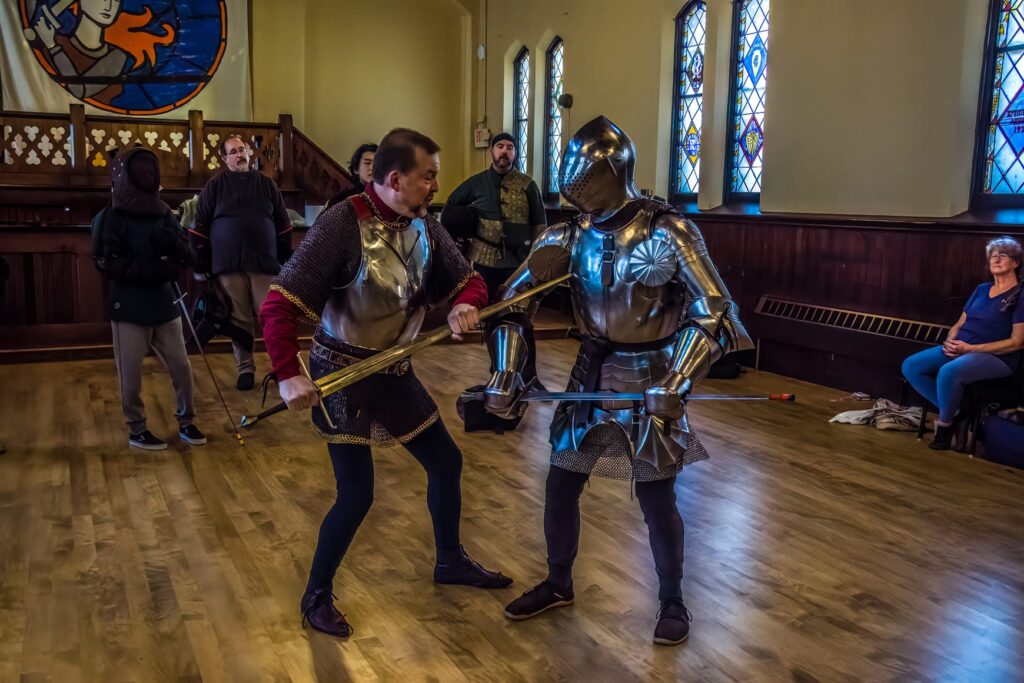
This year’s workshops covered a wide range of topics, including Italian, Spanish, and Flemish rapier; German longsword and messer; spear (in various forms); Mamluk swordplay; Hungarian saber; and Bolognese sidesword. I could not attend them all but some highlights for me included:
Ralf Gutzeit’s class on Meyer’s short staff. Ralf started with approachable solo exercises that helped encourage flow and connection with the weapon before students moved into sequences of actions that shared the dynamic nature of Meyer’s movements. I particularly enjoyed the play that involved both an offline low pass and a spear thrust with the weapon held behind the head.
Joshua Wiest’s class on the transitions between gioco largo (wide play) and stretto (narrow play) in Bolognese sidesword. He used the poetic device of “Satyrs and Nymphs”, from Antonio Manciolino’s 1525 work, to help students understand when to play at distance (Satyr) and when and how to enter (Nymph).
Loreen Mattis also taught a workshop on transitions, but this one in armour. I appreciated Loreen’s ability to invite the explorations of her students and guide them through their own discoveries as they entered from long play, to halfswording, to drawing their daggers.
Kurt Holtfreter shared a class on drawing the sword inspired by Fiore’s plays and mechanics of movement and Kurt’s own experience as a US Marine. In the class he helped students understand their “working area”, how their weapons are placed in front of them and how to gain the fastest access to them. Students proceeded through a series of exercises designed to help them find their weapons, face an opponent, and draw under pressure.
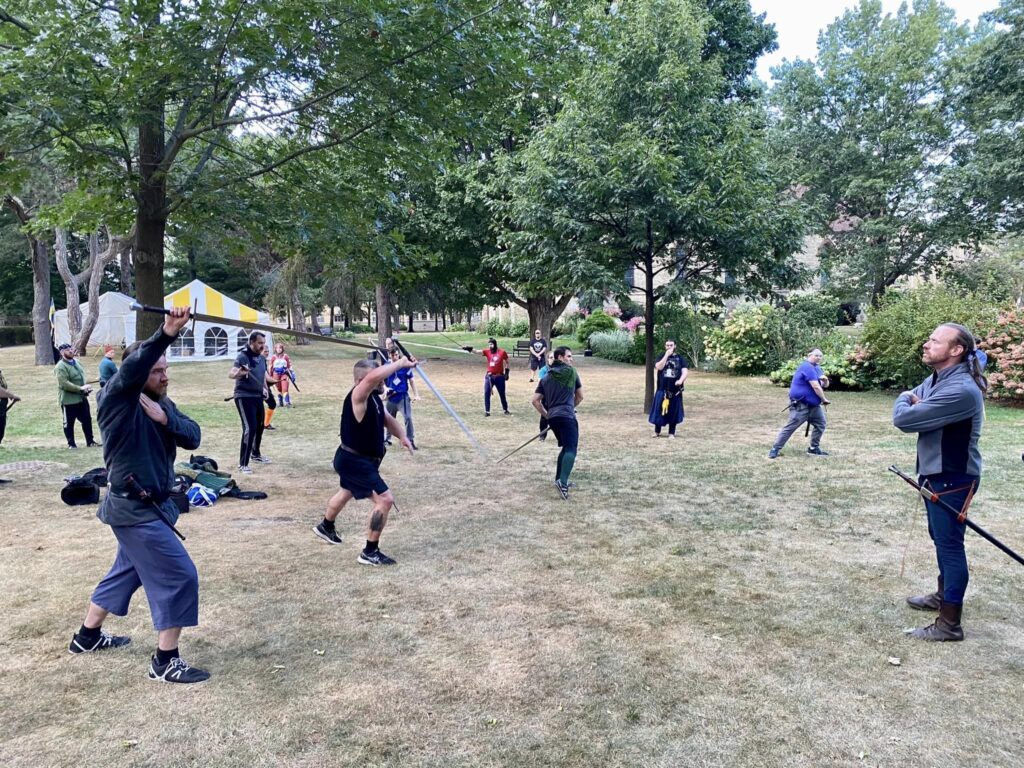
There were so many more workshops and discussions that I enjoyed I could easily fill up several more posts. Additional honourable mentions include Dori Coblentz’ rapier class on instruction in the classical model, and a panel discussion facilitated by Davis Vader where myself and several other experienced instructors answered questions about our own experiences with Imposter Syndrome and how we work through it. It was a revealing and intimate discussion.
The Deed of Arms
This year I was not able to participate in the deed of arms. With all my travel I just did not have the time to get my armour back into repair. I was however able to act as one of its head marshals and to help preside over one of the most excellent displays of armoured combat I have seen in quite some time.
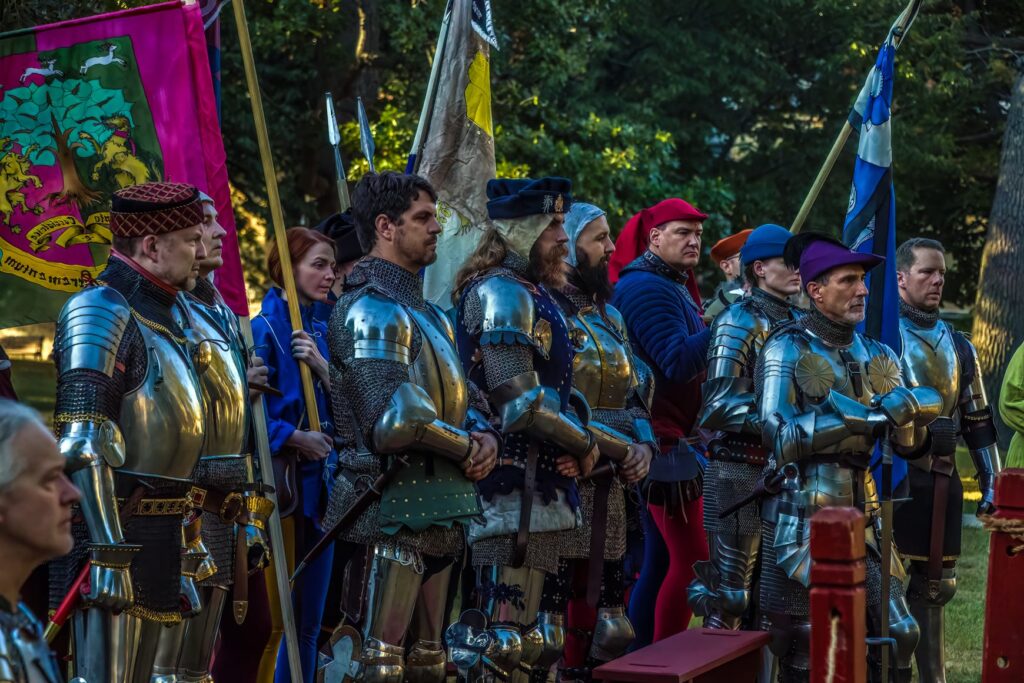
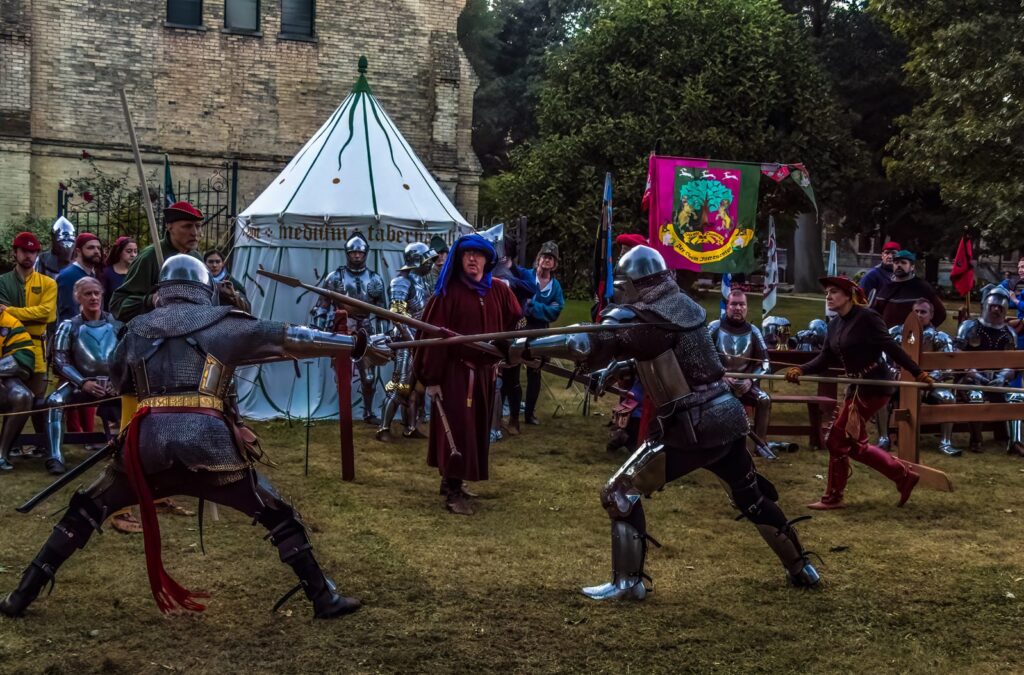
The Feast and Demonstrations
On Saturday night WMAW hosts its gala feast and demonstration night. This year there were demonstrations from instructors across a myriad of disciplines including spear, longsword, saber, and rapier. I had the pleasure of demonstrating a series of bouts at two-sword with Joshua Wiest of the Triangle Sword Guild. Joshua brought a technical and graceful approach to his work that made these bouts a particular pleasure. I’m happy to share it with all of you:
Thanks to Alexander Shekleton for the video!
My Workshops
I offered workshops on cutting flow and mechanics with longsword and sidesword, the strategy and mechanics of wideplay, and coached slow and scaling speed sparring. I also participated in the panel discussion on Imposter Syndrome. The attendees in each of these events were superb. I was impressed with not only the keen desire to learn but the overall high level of my students.
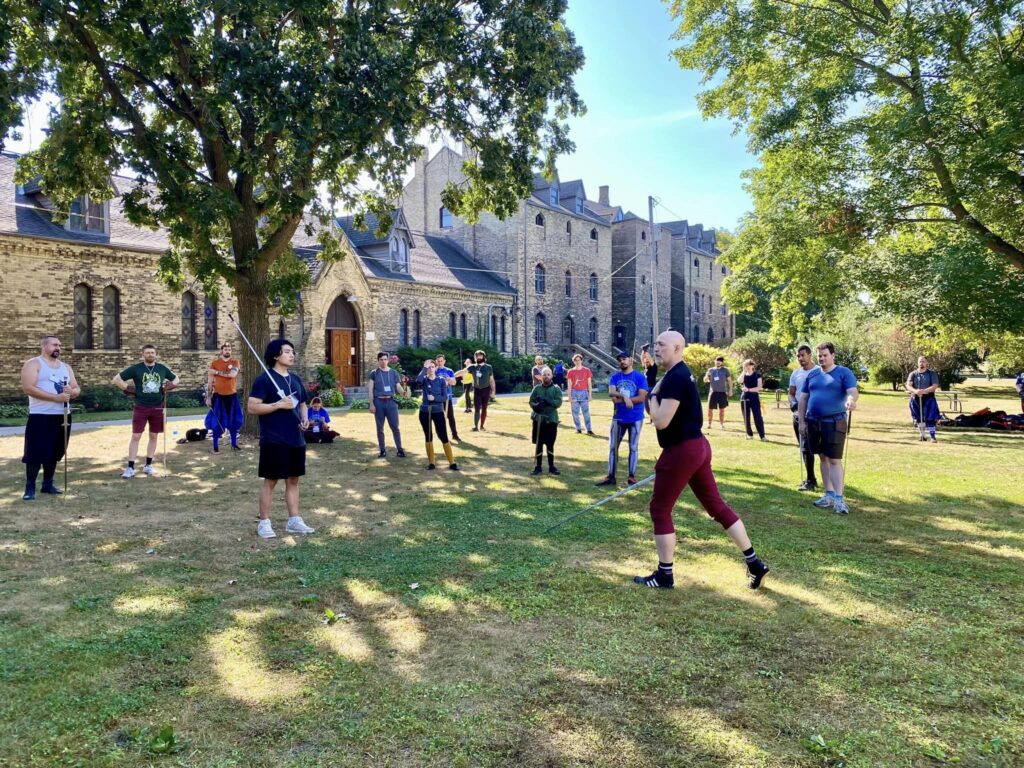
Thanks to everyone who made my workshops such a pleasure to share.
I have posted a few pertinent videos to the Workshop Review on DuelloTV, you only need a free account to access them.
Final Thoughts & Acknowledgements
This year’s event was in every regard a great event and amongst my favorites of WMAW years. Special thanks to Nicole Allen, Greg Mele, Jacques Marcotte, Christina Bailey, John O’Meara and all the others at the CSG that helped make this event happen time and time again.
Thanks to James Reilly for being a great collaborator and fencing partner, always a pleasure to cross blades and share ideas with you. Thanks to Kyle and Scott for some excellent fencing bouts and for the pleasure of your company. Davis thanks for inviting me to be a part of your panel. It was a brave ask and a brave topic. Da’Mon I enjoyed all of our discussions on curriculum and honouring our arts. Loreen and Patrick thank you for being such warm and earnest people to share with. Thanks again to Joshua Wiest for the great demo bouts.
WMAW holds a special place in my heart, not only because of the incredible experiences but because of the people and community it fosters.
There is some potential that WMAW may move away from the Dekoven site. They have continued to raise their rates and it has become prohibitive to keep holding an accessible event there. I’ll be sad if this is the case but glad that I was able to take part in this splendid year. In the end though what makes WMAW special is its culture and people. I’m certain that will continue, and no matter where it lands I’ll be there.

